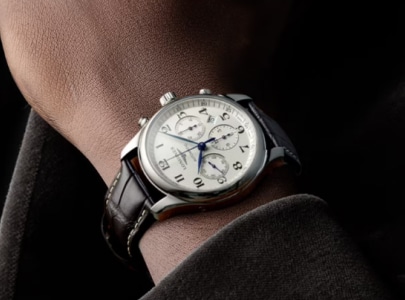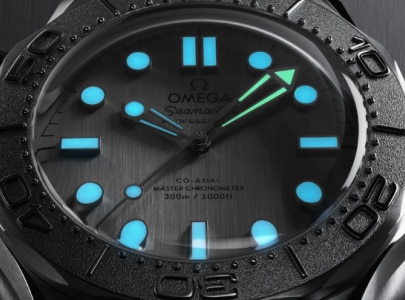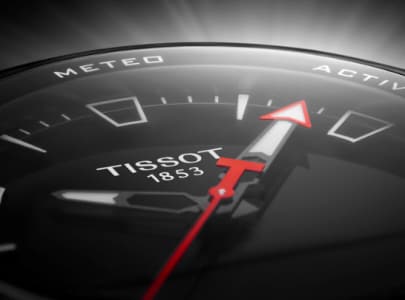A watchmaker’s worst enemy is the force of gravity caused by the earth’s attraction.
The issue is so prevalent that a complication has even been designed to counteract its effects: the tourbillon. Alongside shocks and water (moisture), magnetic fields are one of the biggest causes of damage to watches. Magnetic fields are emitted by magnets – as well as the majority of electronic devices we are surrounded by – and are measured in “gauss”. The higher the gauss measurement, the more magnetism there is in the air.
According to horology professionals, 15% of all watches that require after-sales care have been damaged by brief or prolonged contact with magnetic waves. The problem is that these waves are very difficult to avoid, given that they are everywhere – including in the most common objects we use in everyday life: the toaster, refrigerator, airport gates, magnetic car keys, parking cards and clasp handbags, not to mention wireless speakers, tablets, computers and mobile phones. We’re surrounded, and sadly, so are our watches.
The side-effects range from a simple and sometimes imperceptible slowing down in mechanical watches, to watches stopping completely.
Still, there’s no need to be paranoid. It’s rare for a watch to be exposed to the maximum gauss level of 15,000, which corresponds to emissions that come from an MRI machine in a hospital. (In any case, you’re told to remove your watch before an MRI, in case you forget!) For comparison, a smartphone emits around 80 gauss, which is above the maximum of 60 gauss that a watch can theoretically resist, according to the ISO standard on magnetic resistant watches.
For years, watchmakers have competed in ingenuity to strengthen watch controls and ensure that their chronometric performance is not compromised, despite the fact that watches are more frequently exposed to stronger magnetic waves than before. In the digital era, this is just one of the modern constraints we have to live with.
That said, watchmakers in the 18th century were already trying to compensate for the effects of the magnets in sailors’ compasses. So it’s safe to say they know what they're doing. Some of their methods include isolating the movement in a soft iron box placed between the movement and the magnetic waves as a shield, cutting the components of the watch (and in particular the hairspring, which is sometimes made of silicon) that are made of paramagnetic materials. Some watchmakers make anti-magnetic movements inspired by the Faraday cage, which makes innovative use of alloys that cannot be permeated by the waves.
As is often the case, mechanical watches are more sensitive when it comes to magnetism than their quartz counterparts.The latter are only momentarily disturbed by strong magnetic fields and return to their ordinary functioning as soon as they are out of the range of the field in question. Automatic watches, meanwhile, do not withstand magnetic waves very well because of their balance spring and steel components.
The question is, how do you know if your watch has been magnetised? Simple: all you have to do is place a compass next to it. If the needle moves, the casing of your watch has almost certainly become magnetised. The next step, as you might have already guessed, is to take your watch to your watchmaker. Demagnetisation is an easy process that doesn’t require the casing of your watch to be opened.
If the problem persists, it's because the damage done to the movement and the amplitude of the balance wheel is more significant, due to substantial or recurrent exposure to magnetic waves. In this specific case, your only option is to take the watch back to the watchmaker who usually ensures its maintenance.
Ultimately, we’re ready to bet that manufacturers of electronic devices, especially mobile phones, will start taking the necessary measures to prevent emissions of excessively strong electromagnetic waves in the future. However, this will not prevent watchmakers from continuing to develop ingenious technical feats to counteract magnetic waves, just as they have been doing for five centuries.



